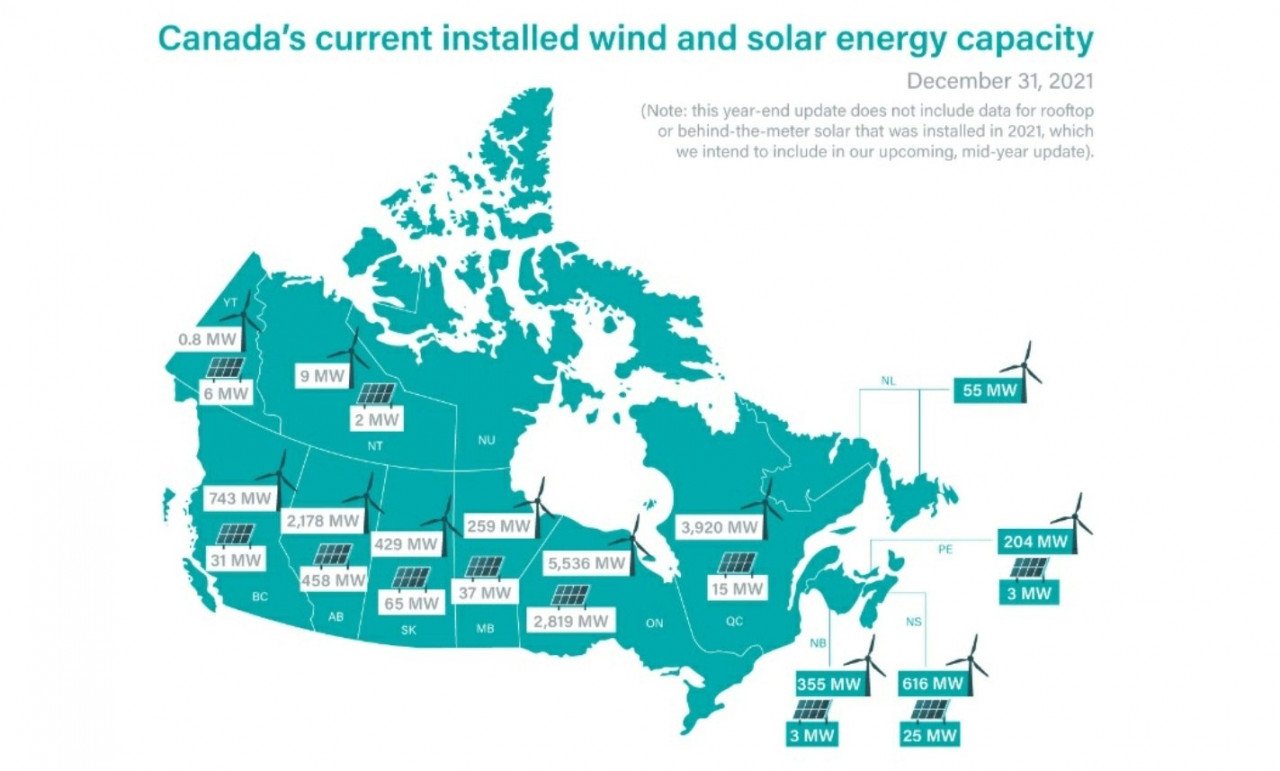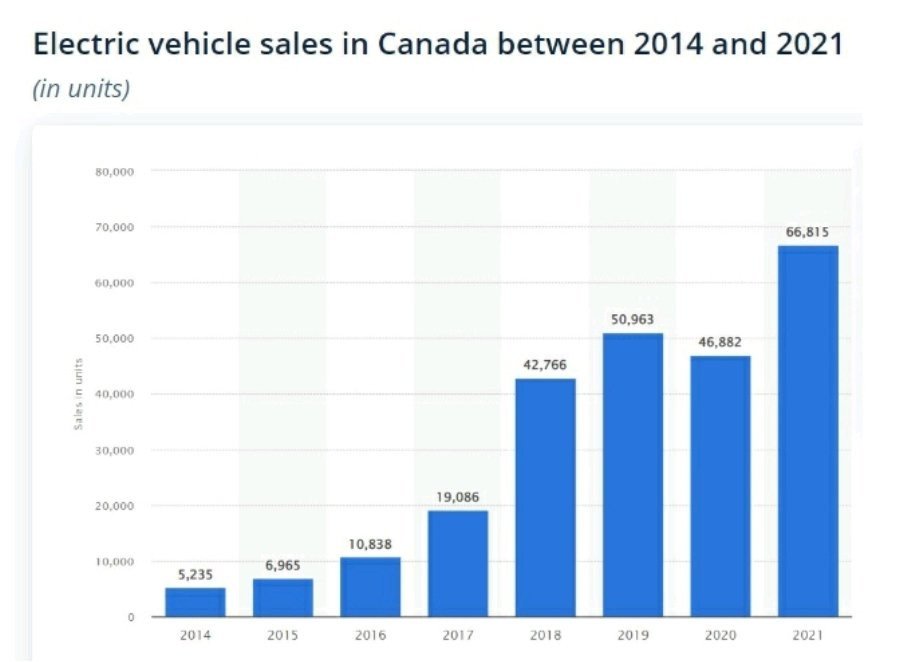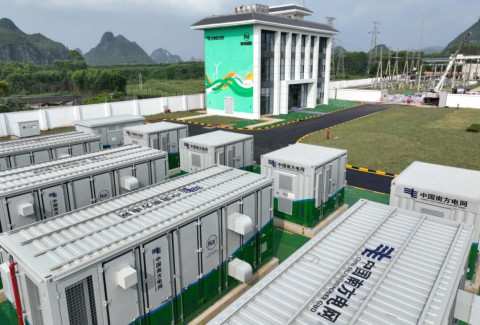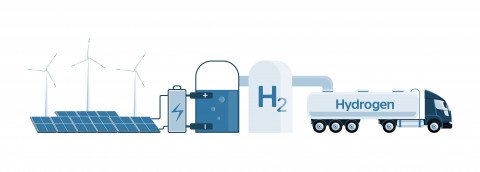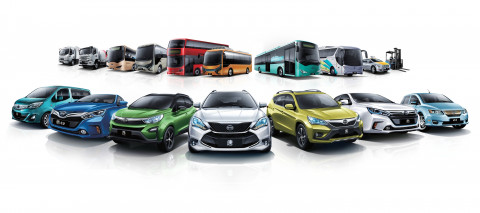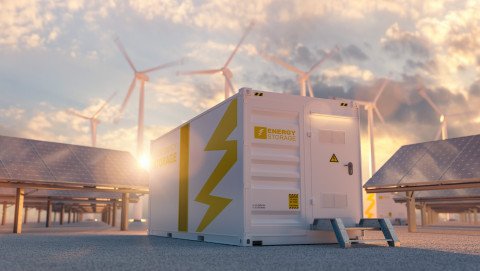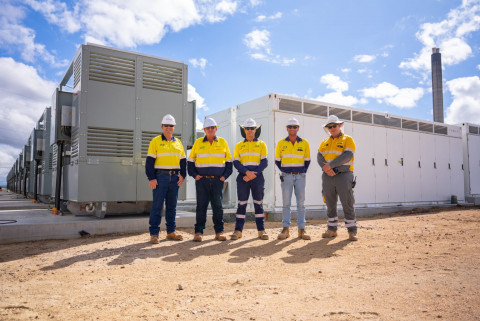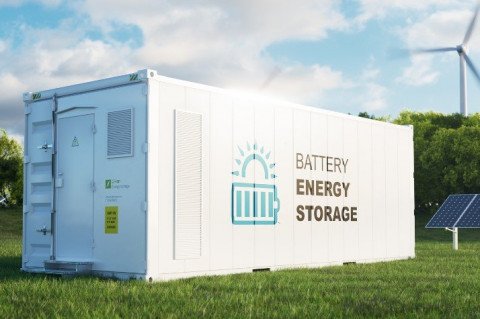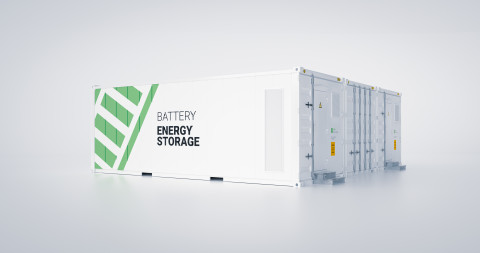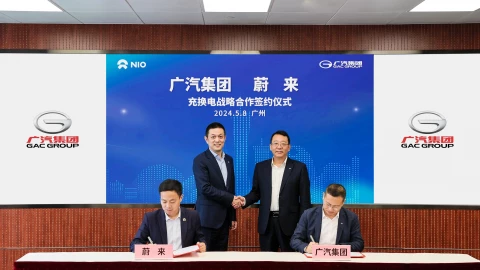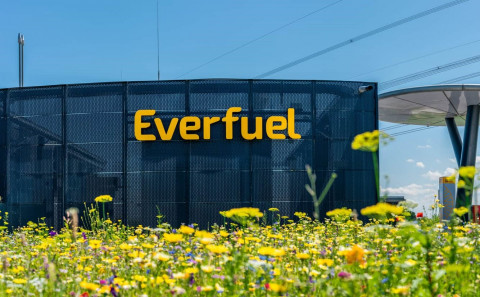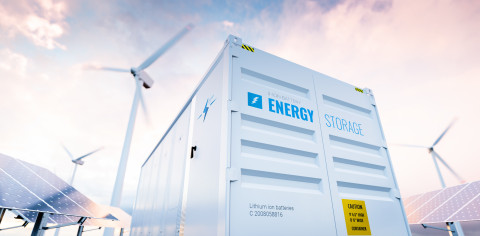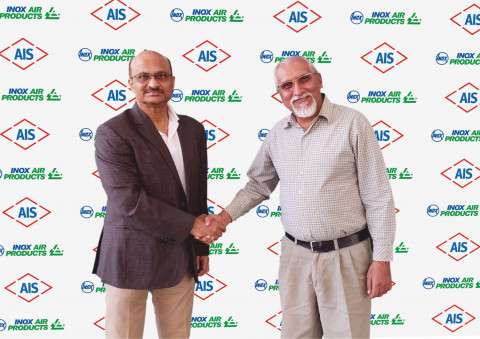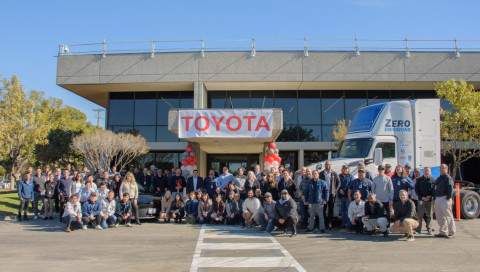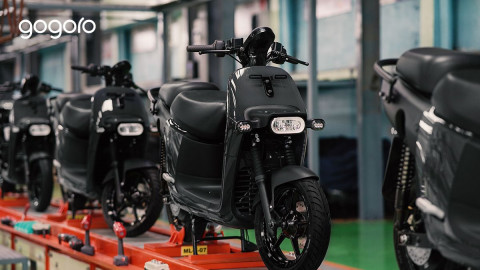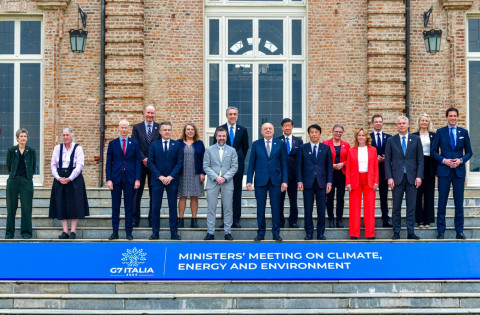Global Progress in 'Green' transition: Canada
Energy storage solutions, whether applied to the power grid or EVs, make systems more flexible and are suitable for meeting low cost, low carbon electricity demands. Following is a glimpse into the energy scenario, energy storage development and, and e-mobility movement around the world, put together by Team ETN.*
CANADA
While energy storage technologies are still at a relatively early stage of deployment in Canada, many energy storage technologies are either already in operation or in development.
In March 2019, the Ontario Energy Board (OEB) launched an initiative to identify ways to support the integration and expansion of distributed energy resources (DER) in Ontario, and in May 2019, Energy Storage Canada (ESC) released their presentation – 'Maximizing Value and Efficiency for Ratepayers through Energy Storage'.
In January 2019, the Alberta legislature approved the construction and operation of the Canyon Creek Pumped Hydro Energy Storage Project - first hydro project to be approved by the Alberta legislature in 10 years and the first large-scale energy storage project in Alberta. It has a capacity of 75MW and supplies power for up to 37 hours.
Further, the Alberta Utilities Commission in April 2020 approved a solar and battery storage project combining 13.5MW of solar generation with 8 MW / 8 MWh of batteries in a rural area of the province. This will be one of Alberta's first major solar-plus-storage projects. The Intelligent Feeder Project launched in 2018 in Elmsdale, Nova Scotia, is testing the viability of Tesla batteries (Powerwalls).
Report from Energy Storage Canada finds that the introduction of at least 1,000 MW of energy storage over the next decade could provide $2.7 billion in total savings for Ontario's electricity customers, and that the savings could reach upwards of $4 billion.
In 2021, Canada had over 50 energy storage projects representing a broad range of technologies including lithium-ion batteries, chemical flow batteries, compressed air energy storage, flywheels, hydrogen storage coupled with fuel cells, and thermal energy storage. Today's renewable energy and storage technologies provide a diverse set of capabilities from supporting remote off-grid communities to enhanced neighborhood resilience to grid-stabilizing utility scale projects.
The highest concentration of storage facilities is in Ontario. Currently, the capabilities of the Sir Adam Beck pumped storage facility at Niagara Falls holds the highest capacity for energy storage in the country. Excluding this one-of-a-kind resource, Canada's utility scale, rechargeable energy storage capacity is estimated at over 160 MW AC.
Energy storage projects in Alberta have been accelerating throughout 2021. Following completion of Alberta's first transmission connected energy storage project in September 2020, three more energy storage projects have been completed and are participating in Alberta's electricity market. As of the date of publication, there are over 17 energy storage projects listed within the AESO's connection queue.
On November 4, 2021, the Government of Alberta announced C$25 million in financial support for solar-plus-storage and pumped hydro energy storage as part of a C$176 million package that will also give funding to the oil and gas industry.
Canada aims to leverage its mineral and metal resources to attract leading battery manufacturers to establish homegrown stationary energy storage, as well as battery technologies of the future, including related to end-of-life recycling.
E-Mobility
Since 2016, Canada has invested a $1 billion to make electric vehicles (EVs) more affordable and chargers more accessible for Canadians. These investments are supporting the establishment of a coast-to-coast network of chargers along Canada's highway systems, as well as chargers in local areas where Canadians live, work and play. Federal rebates of up to $5,000 are helping more Canadians make the switch to an EV. The recently announced Emission Reduction Plan is providing a historic investment of over $3 billion in additional zero emission vehicle (ZEV) related funding to help Canada achieve its ambitious sale targets and further reduce emissions from the sector. This includes $400 million in additional funding for ZEV charging stations, in support of the Government's objective of adding 50,000 ZEV chargers to Canada's network. Canada's Infrastructure Bank will also invest $500 million in large-scale ZEV charging and refueling infrastructure that is revenue generating and in the public interest.
As per industry reports, in 2021, Canada's auto dealers sold about 66,800 electric vehicles. Annual sales were up about 42.5 percent of the annual sales recorded in 2020. That year, annual sales reached almost 47,000 units. Cumulative sales came to about 255,000 units between 2010 and 2021.
Hydrogen
Canada stands at the forefront of global efforts to harness the power and the potential of low-carbon hydrogen and to develop a sustainable hydrogen economy. The climate commitments of its federal and provincial governments; widespread sources of financial support; and its world-renowned expertise in clean tech innovation and hydrogen-focused R&D are ensuring that Canada is positioned as a leading player in delivering on net zero opportunities.
The Government of Canada set out its commitment to develop a clean hydrogen economy in December 2020 when it released its Hydrogen Strategy for Canada. By 2050, the country intends to supply up to 30 per cent of its energy in the form of hydrogen and become one of the top three clean hydrogen producers globally.
Canadian fuel cell technology is part of 80 percent of running fuel cell applications worldwide. There are several companies along the Canadian hydrogen value chain, in green hydrogen production (including Hy2Gen, Hydrogen Optimized, Hydrogenics/Cummins, Next Hydrogen, RH2C), fossil hydrogen production (including Proton Technologies, Ekona, Air Products, Air Liquide, Praxair, Messer), storage and distribution (including ATCO, Enbridge, Hydrogen in Motion), fuelling (HTEC, Power Tech) and fuel cell development (Ballard Power Systems, Daimler, Greenlight Innovation, Hydrogenics/Cummins, Hyundai, Loop, NFI Group, Toyota, Unilia)
* This story is part of an exclusive ETN series tracing latest developments in green energy sectors across different global regions. For other articles in the series, use the following thread '2022 Global Progress in 'Green' transition.



